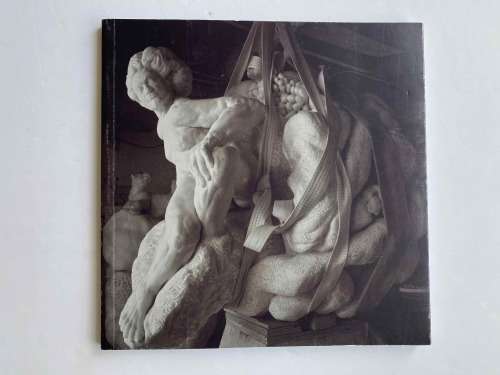
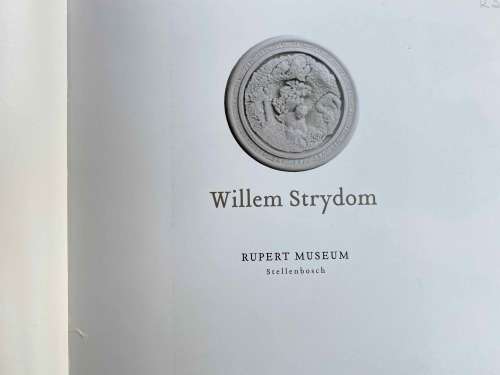
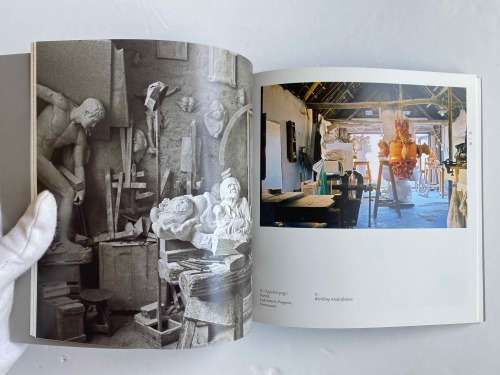
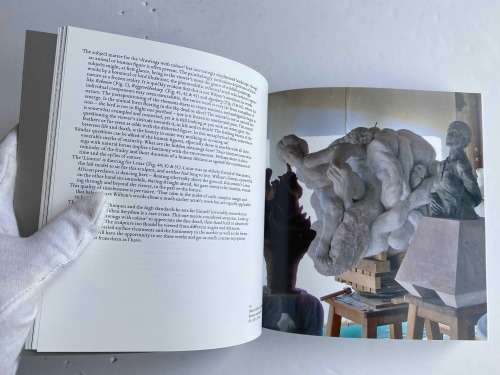
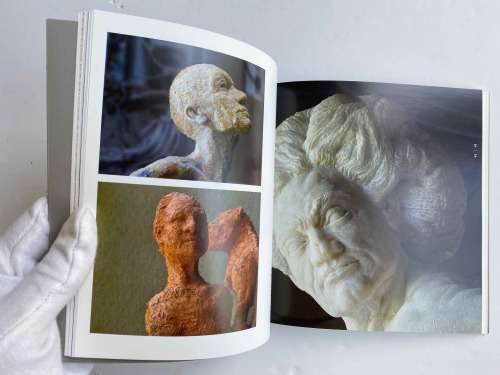
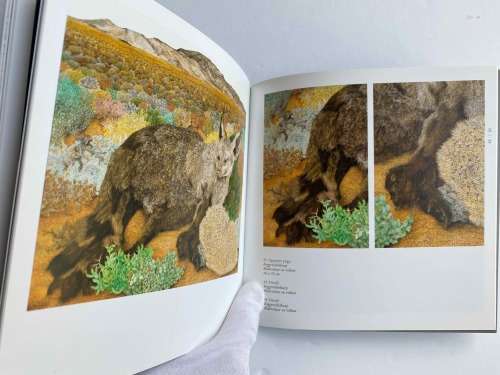
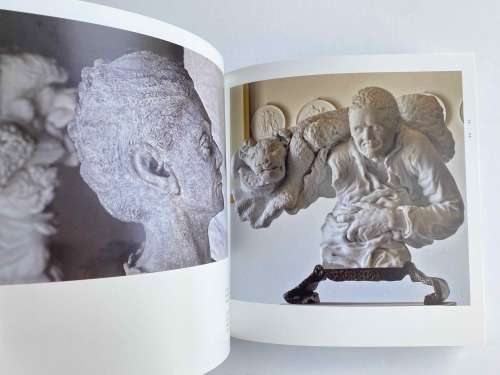
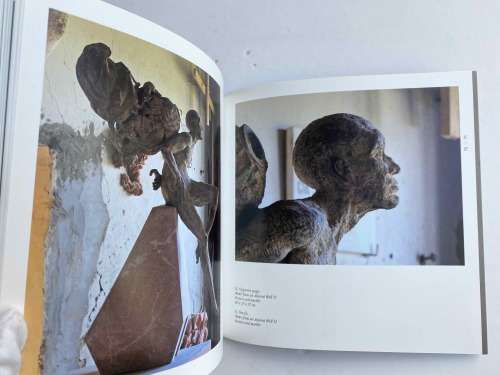





Willem Strydom at the Rupert Museum exhibition catalogue
Check my rate
| Main centres: | 1-3 business days |
| Regional areas: | 3-4 business days |
| Remote areas: | 3-5 business days |













| Main centres: | 1-3 business days |
| Regional areas: | 3-4 business days |
| Remote areas: | 3-5 business days |
Used and in decent condition
Paperback: 71 Pages
Weight: 300 g
Dimensions 20cm x 20cm x 0.8cm
Born in 1945, Willem Strydom grew up during the 1960s and was inspired by the artistic culture of the time. Historically set in the context of the Cold War, the 1960s represent an extremely powerful era which engendered a significant number of breaks and questioned the order of all things. In Europe, The Iron Curtain and the Berlin wall would permanently mark people and beliefs, while in the U.S, predicaments such as the Cuban missile crisis and Vietnam war would forever impact generations to come. From education to gender issues and ideologies, a re-definition of social standards in Western society developed, with ground-breaking values and movements evolving in a cradle of innovation. In the art sphere, a multitude of significant changes were also taking place. Pop Art, adopting the culture of mass media through the works of Andy Warhol, Roy Lichtenstein and Tom Wesselmann, was gradually breaking down the bases on which the creation and reception of art were built. Drawing from the imagery of popular culture and mass consumerism, the Pop Artists rejected the authority of highbrow art and created a revolutionary movement, while Minimalism, simultaneously appearing, was rejecting any form of emotional expression and focused on arts theoretical features aiming for pure visual responses. Simplicity and an void of emotions were key concepts in the highly influential movement of Minimalism, represented by artists such as Frank Stella, Donald Judd and Agnes Martin. Uninterested in the gestural elements of Abstract Expressionism, Minimalist artists focused on delivering artworks mainly gathering polished, pure lines and geometrical elements. Digging further into some of the ideas inherent to Abstract Expressionism, artists such as Morris Louis, Kenneth Noland and Helen Frankenthaler practiced Colour Field Painting decidedly relating to Minimalism, with an essentially ruled-based approach, emptied of any expressive aspect. The very first flourishing of Conceptualism was significantly influenced by the purity of Minimalism but went further in denying all pre-defined conceptions inherent to art, similarly to what Pop Artists were trying to attain, by uplifting popular culture to the status of high art. Several schools of philosophy profoundly influenced creatives, Francis Bacon and Alberto Giacometti were artists fundamentally seduced by the ideas of Existentialism, who achieved worldwide success through their depiction of the human form and the lament often associated with the human condition. globally, a significant number of art movements echoed with the radical changes of the 1960s, often prone to their own regional distinctions. In Italy, Lucio Fontana and Piero Manzoni initiated Spatialism, while in Germany, the Zero group adopted similar ideas under the leadership of Günther Uecker.